Author: Mike Neville
As the American-grown version of the classic British variety, East Kent Goldings (EKG), US Goldings were derived from the wild Canterbury Whitebine variety back in the late 18th century, though they were first grown in the United States in the early 1990s. Known for its pleasantly fragrant aromas of citrus and spice, US Goldings are said to be ideal for styles ranging from classic British ale to pale lager.
Alpha: 4.5 – 6.5%
Beta: 1.9 – 2.8%
Cohumulone: 30 – 34% of alpha acids
Total Oil: 0.4 – 0.8 mL/100g
Myrcene: 18 – 18%
Humulene: 34 – 45%
Caryophyllene: 12 – 17%
Farnesene: < 1%
Linalool: unknown
Geraniol: unknown
ß-Pinene: unknown
Parentage: unknown
I’ve had plenty of experience brewing with EKG, as I prefer it when making classic British ale, and I’ve always chosen it over US Goldings. Curious to see how this domestic version does when used in higher dosages, I brewed up a single-hop Pale Ale for evaluation by blind tasters.
| MAKING THE BEER |
Starting with our standard Hop Chronicles Pale Ale recipe, I made adjustments to the kettle hop additions to ensure a proper level of bitterness.
US Goldings Pale Ale
Recipe Details
| Batch Size | Boil Time | IBU | SRM | Est. OG | Est. FG | ABV |
|---|---|---|---|---|---|---|
| 5.5 gal | 45 min | 37.5 | 6.6 SRM | 1.06 | 1.007 | 6.96 % |
| Actuals | 1.06 | 1.007 | 6.96 % | |||
Fermentables
| Name | Amount | % |
|---|---|---|
| Lamonta: Pale American Barley Malt | 10 lbs | 83.34 |
| Vanora: Vienna-style Barley Malt | 2 lbs | 16.66 |
Hops
| Name | Amount | Time | Use | Form | Alpha % |
|---|---|---|---|---|---|
| US Golding | 28 g | 45 min | Boil | Pellet | 5 |
| US Golding | 28 g | 30 min | Boil | Pellet | 5 |
| US Golding | 28 g | 10 min | Boil | Pellet | 5 |
| US Golding | 28 g | 5 min | Boil | Pellet | 5 |
| US Golding | 57 g | 2 min | Boil | Pellet | 5 |
| US Golding | 57 g | 4 days | Dry Hop | Pellet | 5 |
Yeast
| Name | Lab | Attenuation | Temperature |
|---|---|---|---|
| Flagship (A07) | Imperial Yeast | 77% | 32°F - 32°F |
Notes
| Water Profile: Ca 125 | Mg 20 | Na 8 | SO4 310 | Cl 56 |
Download
| Download this recipe's BeerXML file |
After collecting the full volume of water, adjusting it to my desired profile, and getting it heating up, I weighed out and milled the grain.
When the water was properly heated, I incorporated the grains and set the controller to maintain my desired mash temperature of 152°F/67°C.
During the mash rest, I prepared the kettle hop additions.
Once the 60 minute mash was complete, I removed the grains and proceeded to boil for 45 minutes, adding hops at the times stated in the recipe.
When the boil was finished, I used my JaDeD Hydra IC to quickly chill the wort.
A refractometer reading showed the wort was at my target OG.
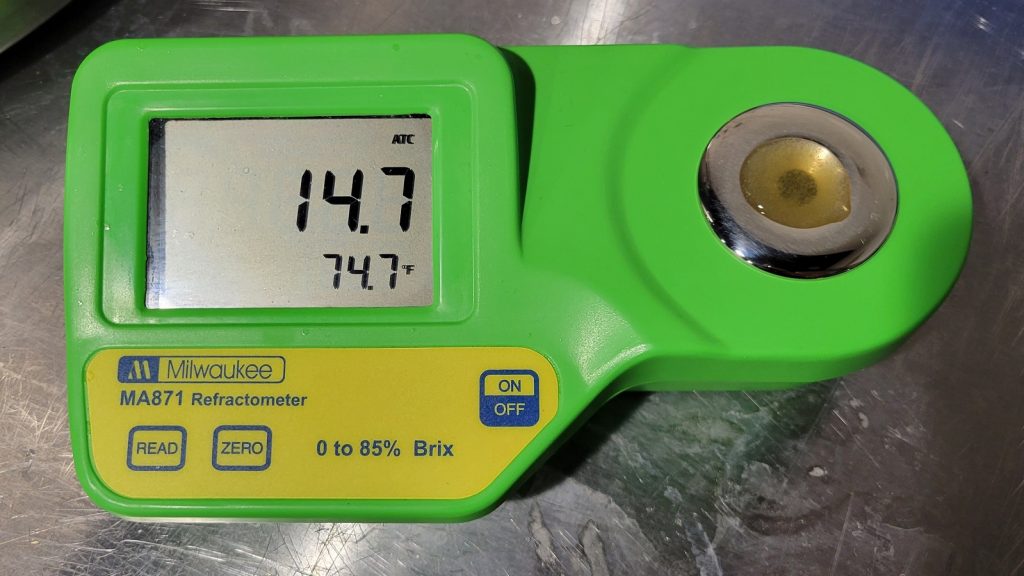
I then transferred the wort to a sanitized Spike FLEX+ fermenter.
I direct pitched a single pouch of Imperial Yeast A07 Flagship.
The beer was left to ferment at 68°F/20°C for 8 days before I took a hydrometer measurement confirming FG was reached.
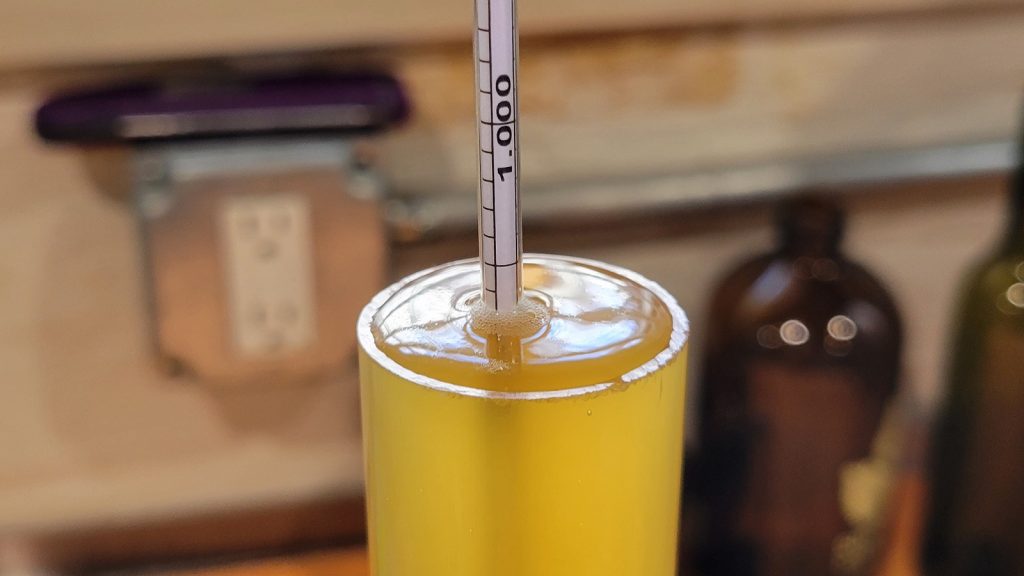
With fermentation complete, I cold-crashed the beer for 24 hours then pressure-transferred it to a CO2 purged keg, which was placed in my keezer and burst carbonated overnight before the gas was reduced to serving pressure. After a week of conditioning, it was ready to serve to blind tasters.
| METHOD |
Participants were instructed to focus only on the aromatic qualities of the beer before evaluating the flavor. For each aroma and flavor descriptor, tasters were asked to write-in the perceived strength of that particular characteristic on a 0-9 scale where a rating of 0 meant they did not perceive the character at all and a 9 rating meant the character was extremely strong. Once the data was collected, the average rating of each aroma and flavor descriptor was compiled and analyzed.
| RESULTS |
A total of 18 people participated in the evaluation of this beer, all blind to the hop variety used until after they completed the survey. The average aroma and flavor ratings for each descriptor were plotted on a radar graph.
Average Ratings of Aroma and Flavor Perceptions
The 3 characteristics endorsed as being most prominent by participants:
| Aroma | Flavor |
| Citrus | Citrus |
| Tropical Fruit | Tropical Fruit + Stone Fruit (tie) |
| Floral | Floral |
The 3 characteristics endorsed as being least prominent by participants:
| Aroma | Flavor |
| Onion/Garlic | Onion/Garlic |
| Dank/Catty | Berry |
| Resinous | Pine |
Next, participants were asked to rate the pungency/strength of the hop.
Tasters were then instructed to identify beer styles they thought the hop would work well in.
Finally, participants were asked to rate how much they enjoyed the hop character on a 1 to 10 scale.
My Impressions: To my palate, this beer had mild earthy characteristics with low spice notes that lingered in the background, similar to what I’ve come to expect from British hops. While not terribly exciting in a single-hop Pale Ale, the US Goldings did impart pleasant characteristics that I think would work well in milder beer styles.
| CONCLUSION |
Similar to Sonnet hops, US Goldings hops are simply the British East Kent Goldings grown in the United States, and as such, they’re said to impart similar characteristics to beer. With recommended use in styles such as Mild, Bitter, Porter, Stout, and pale lager, we were curious of what blind tasters would think of a Pale Ale the received a more generous dose of US Goldings.
The most prominent characteristics noted by tasters were citrus, tropical fruit, and floral, while less desirable characteristics of onion/garlic and dank/catty were rated the lowest. Interestingly, while spice is a descriptor commonly associated with US Goldings, it was rated quite low in terms of both flavor and aroma, perhaps due to the heavier usage in this Pale Ale. The vast majority of tasters rated the hop pungency in this beer as moderate, and the styles they felt it would work well in included most of those recommended including Mild, Porter, Stout, and pale lager.
Admittedly, I didn’t find this single-hop US Goldings Pale Ale to be terribly exciting, but I certainly appreciated what the hop contributed to the beer. While I won’t be brewing hoppier styles with this variety on its own in the future, I definitely view it as being an ideal substitution for traditional British hops in less assertive beer styles.
US Goldings hops are available now at Yakima Valley Hops, get some while you can! If you have any thoughts on this variety, please feel free to share them in the comments section below.
Support Brülosophy In Style!
All designs are available in various colors and sizes on Amazon!
Follow Brülosophy on:
FACEBOOK | TWITTER | INSTAGRAM
If you enjoy this stuff and feel compelled to support Brulosophy.com, please check out the Support page for details on how you can very easily do so. Thanks!



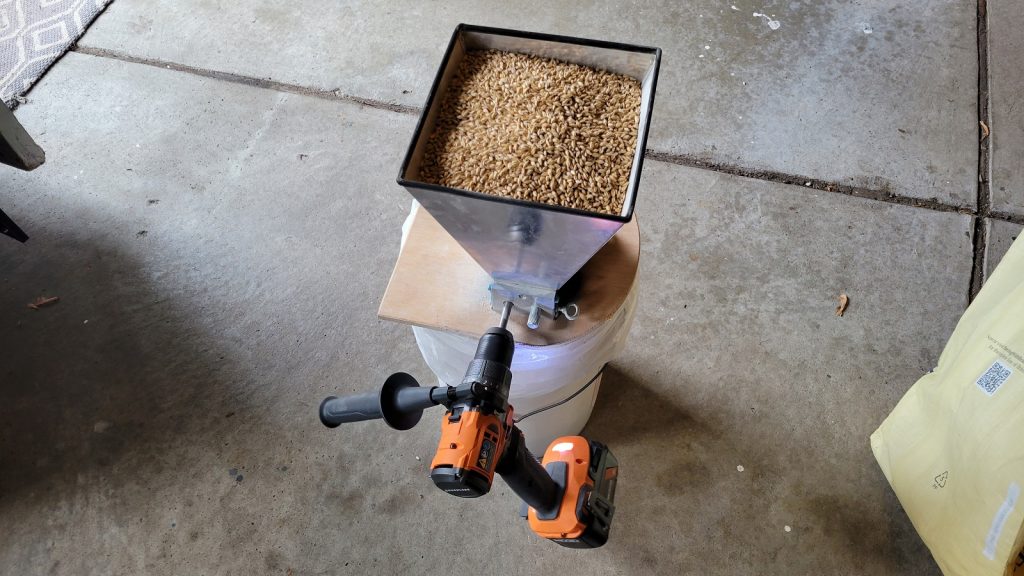
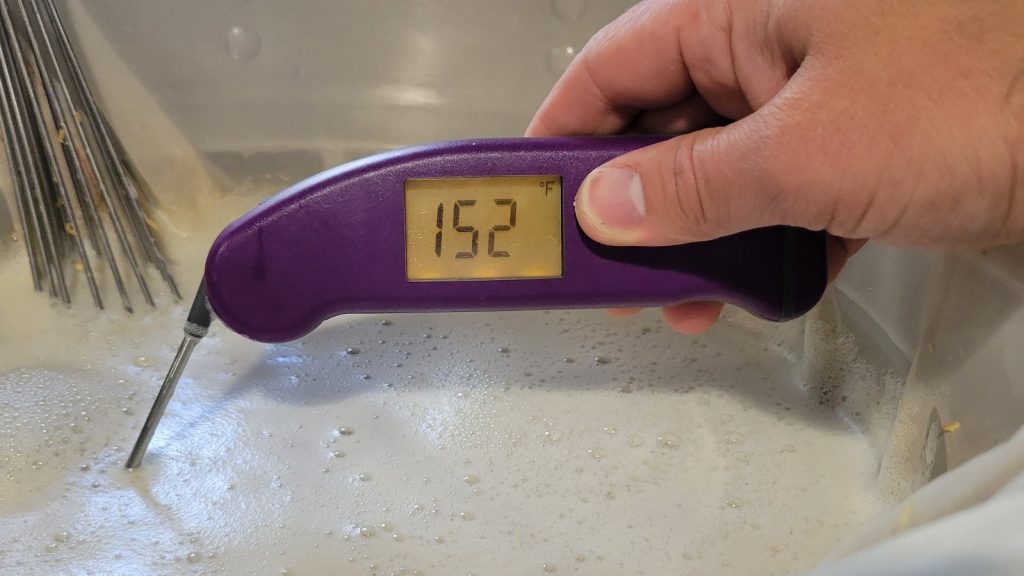
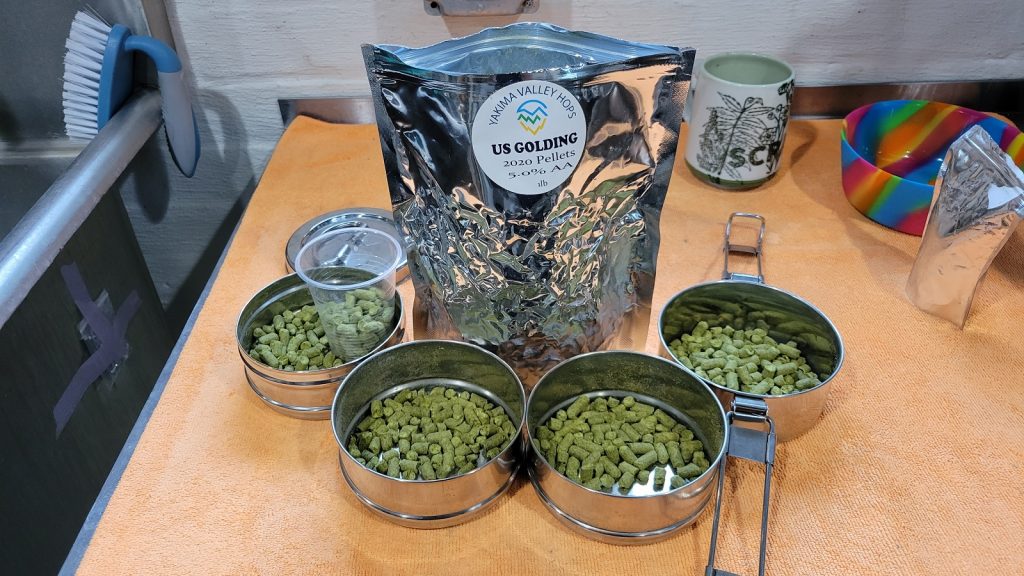
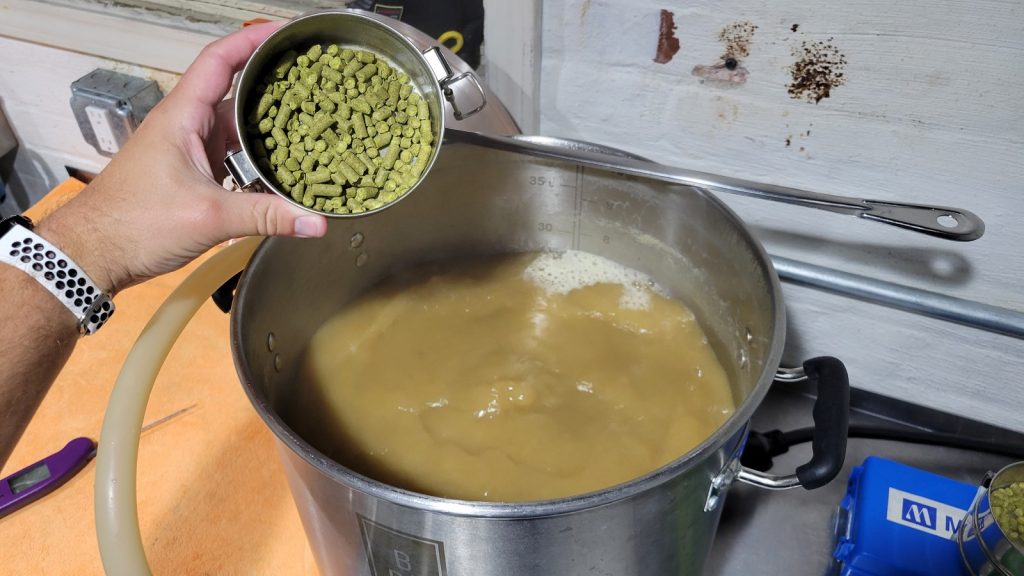
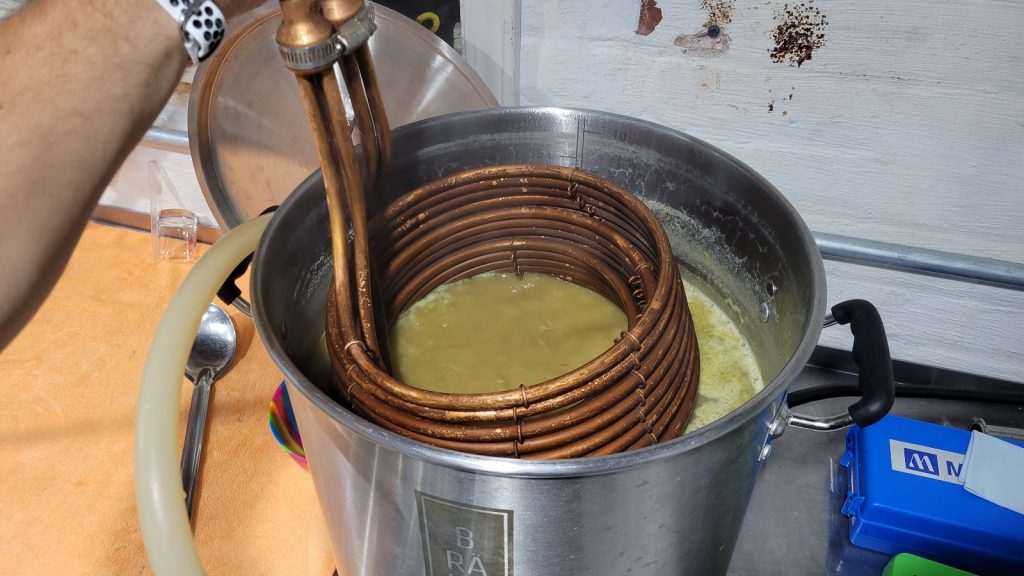
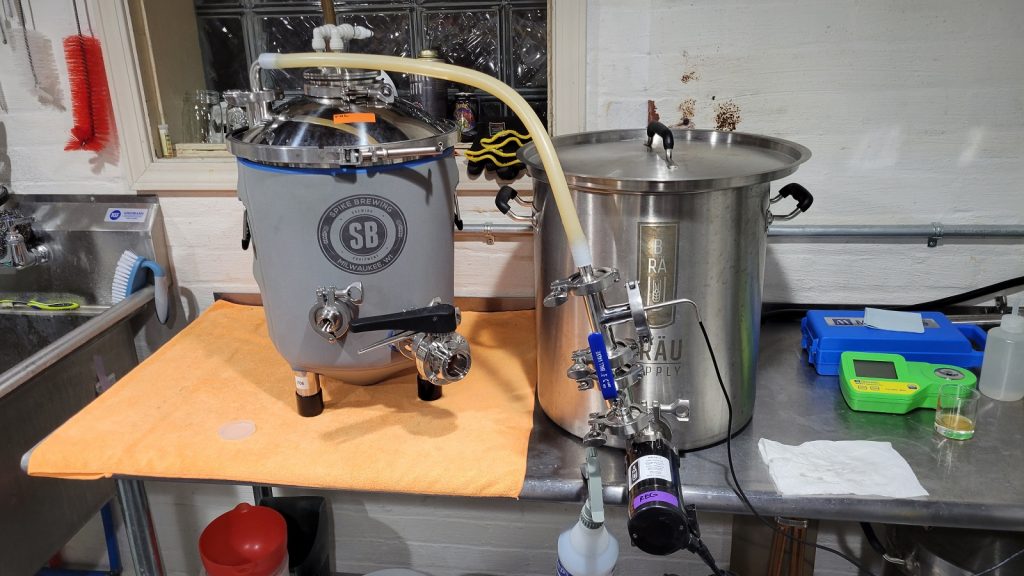
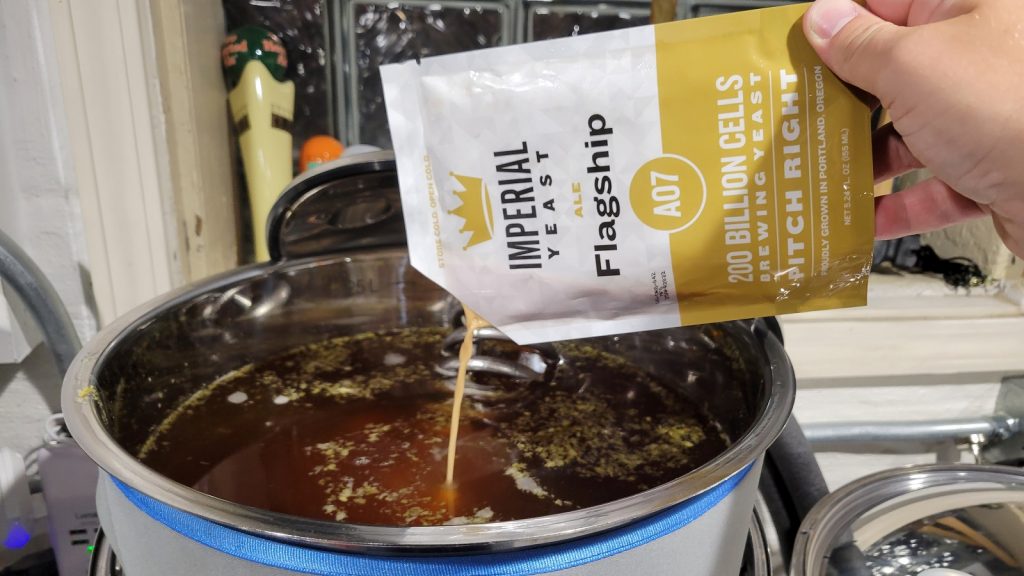
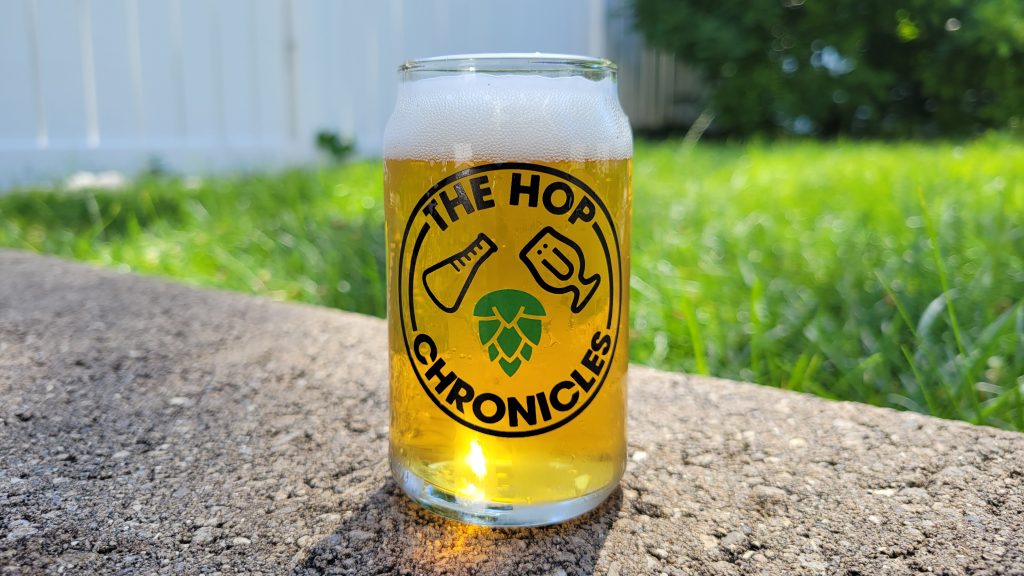

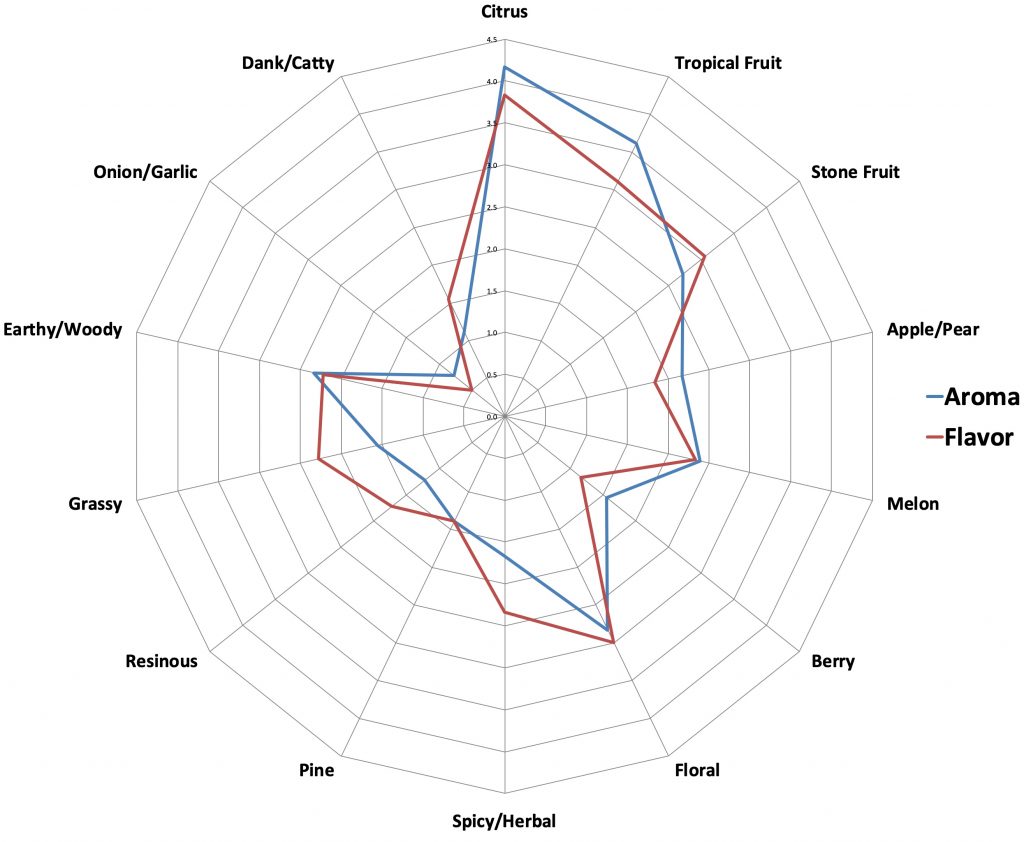
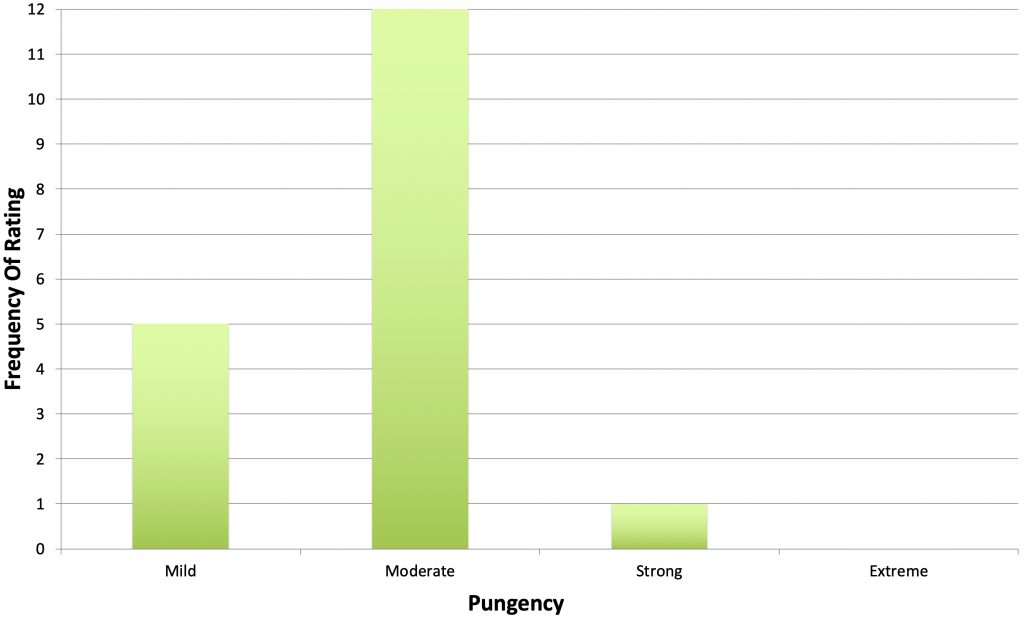
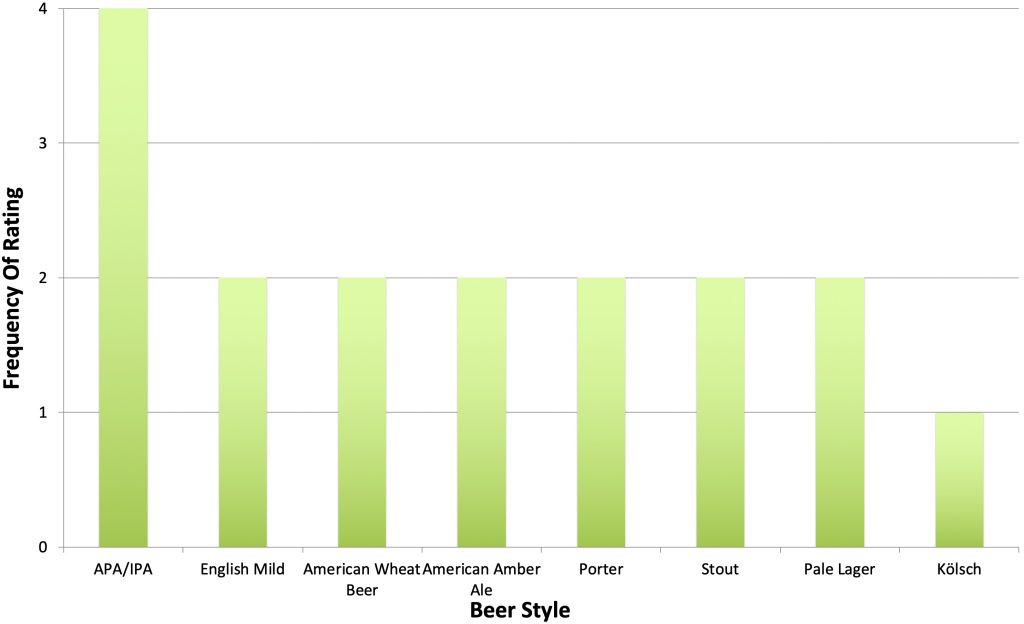
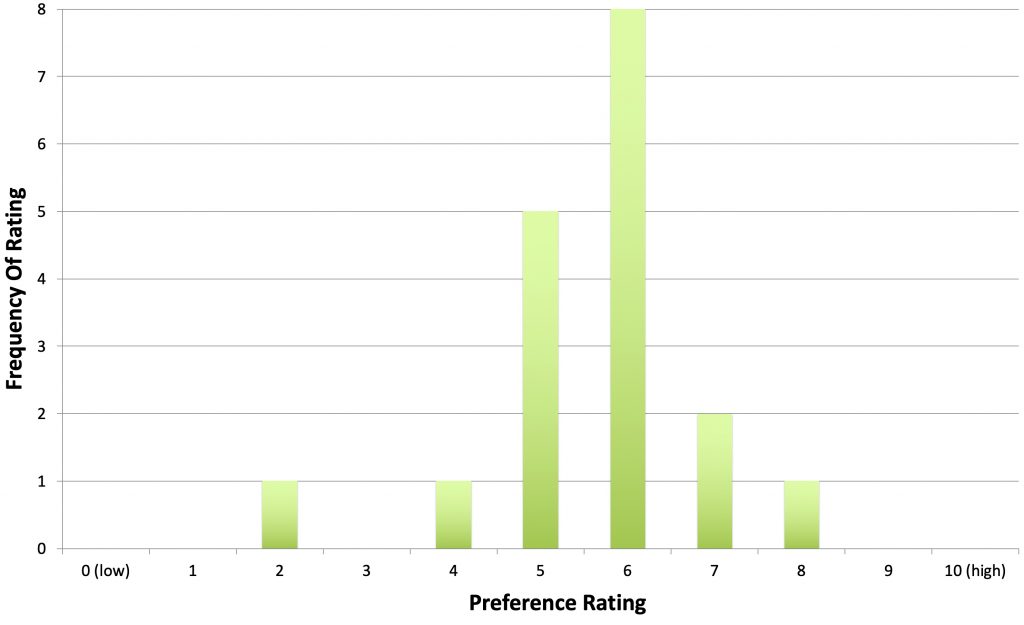











5 thoughts on “The Hop Chronicles | US Goldings (2020) Pale Ale”
So confused that the author’s impressions are pretty much the opposite of the tasters. What am I supposed to take away?
I generally really like these hop chronicle articles but when you see one like this where the results for blind tasters differs so much from the unblind author, you have to wonder who’s right.
When you take the survey, are the flavour/aroma descriptor options randomised or doe they always start with citrus and tropical fruit and work around? I wonder if that could influence tasters?
I suspect it would, especially when people might be primed to be looking out for the next juicy hop sensation because that’s where so much of the focus is on modern hops.
Seems a commercial for yakima with a lot of product consumed for 5.5 gal.
It’s interesting that the audiences for these hop assessments always put citrus and stone fruit as the most prominent. It would be interesting to do a totally blind trial with Fuggles and see the outcome. I’m coming to have little faith in these assessments.
The strength of the beer is so much higher than normal in the UK, where an EKG ordinary, and most popular, bitter ale would be around 4%. The total hops added also seem huge, especially for dry hopping. Total hops added in UK would be around 100g, mostly during the boil with a small amount reserved for dry hopping. Vienna malt would be unusual in English ale as it gives a continental ‘Germanic’ flavour. No criticism; just observation. Of course, we drink ale in British pints (20 fluid oz) whereas I think your regular glass would be 12 oz. So 6% ABV would effectively be 3.6% (x 12/20). Maybe we’re drinking the same amount of alcohol.